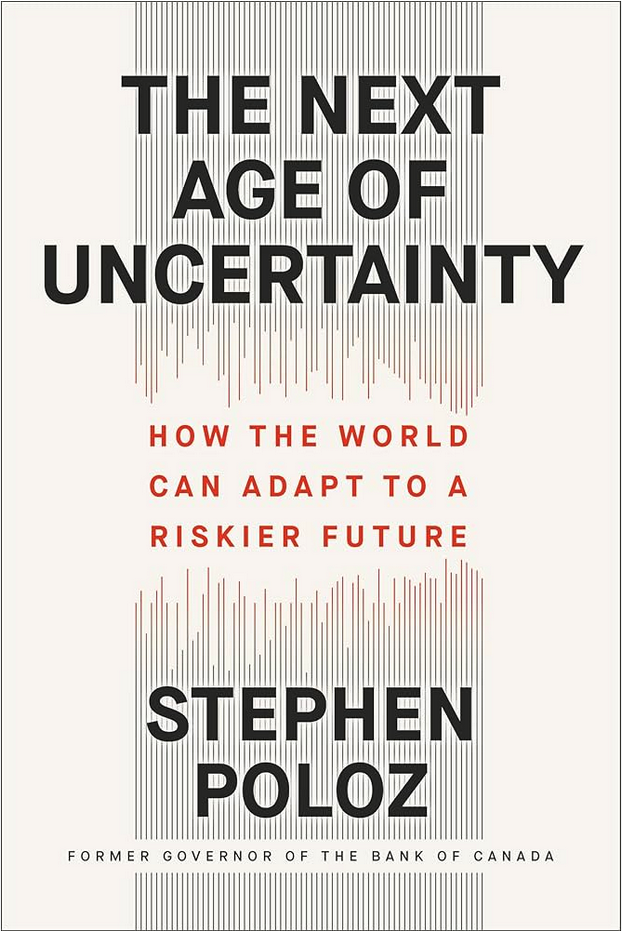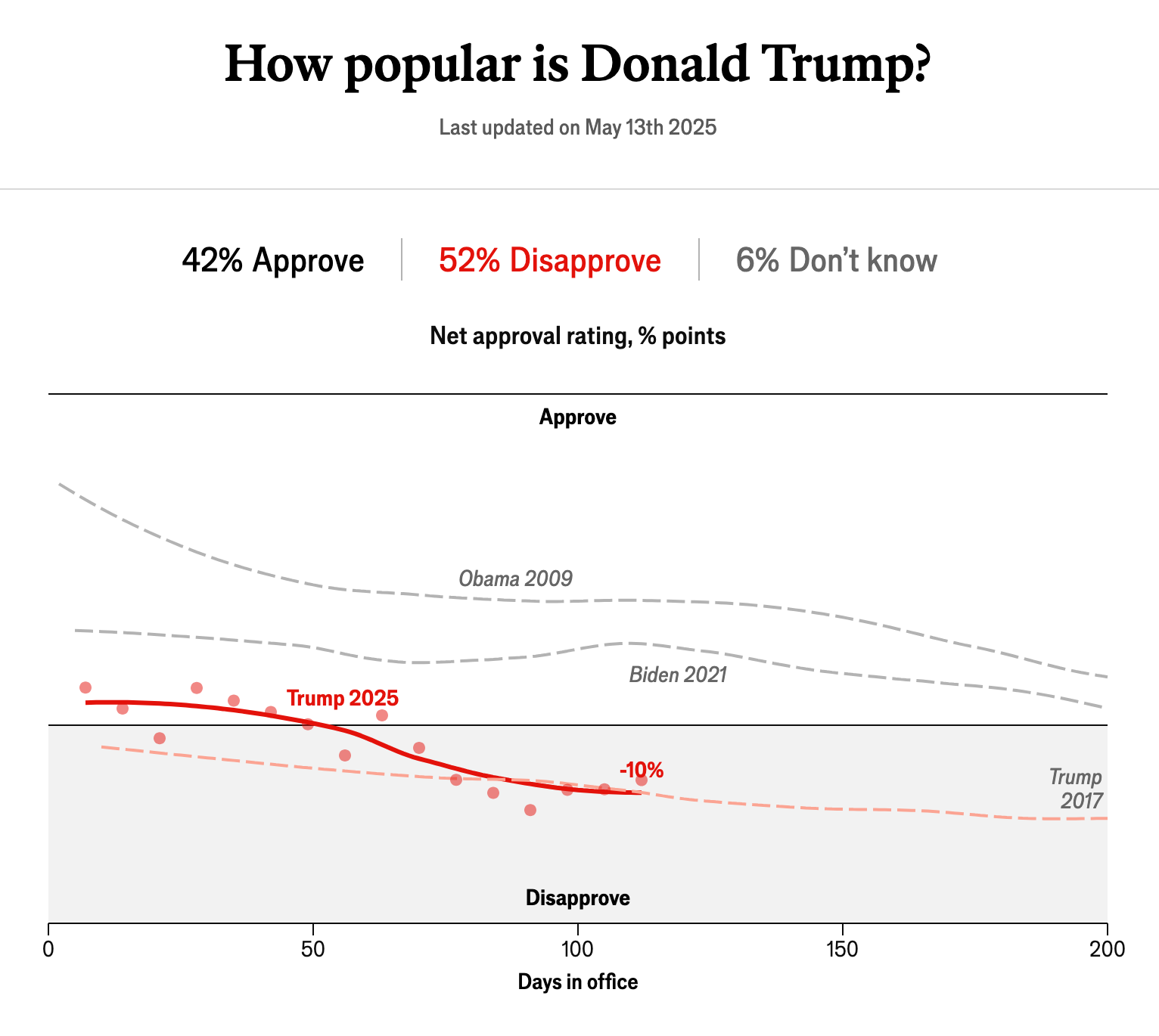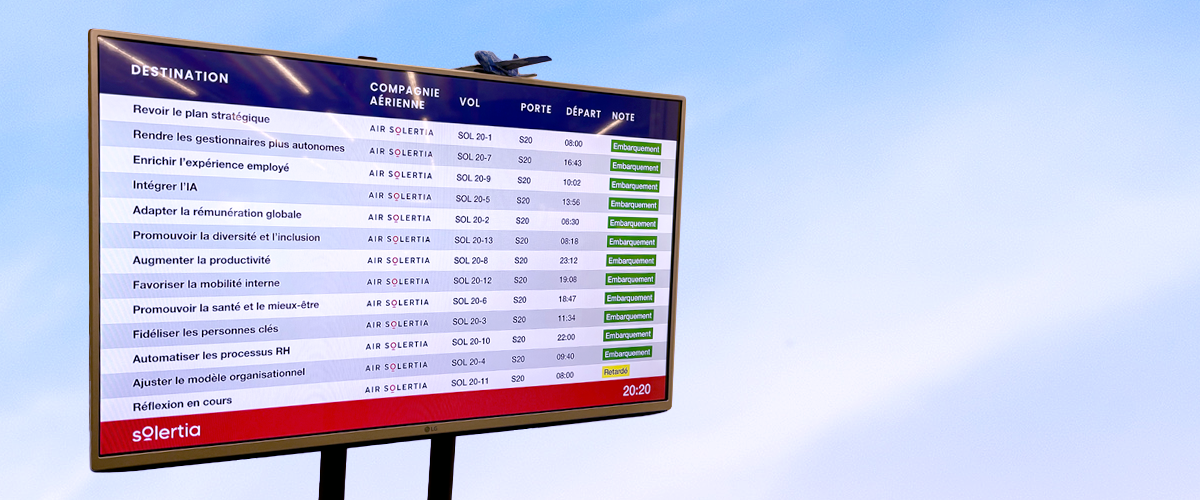
On February 20, we launched a concerted initiative to anchor the HR function as a strategic pillar of organizations, particularly during this period of stress regarding the Trump administration’s famous tariffs: Impact of U.S. Tariffs on Small and Medium-Sized Businesses: Implications and Strategies for the HR Function.
In the wake of this turbulent period, which has paralyzed many organizations and put economic and political stability to the test, we invite you to move beyond uncertainty and plan for the future with coherence and impact.
Trump and the Law of Gravity
The situation has changed rapidly since the inauguration on January 20. At the very least, we are witnessing a marked loss of momentum by the Trump administration. Indeed, it now seems to be stuck between:
- The bond market and the most influential financiers in the world.
- The Republican Party, Trump’s own party, which will face the midterm elections in less than 15 months.
- An economy that is showing some signs of deceleration.
- The weakening US dollar
- An unpopularity that beats its own record of 2017!
The Reality: There Will be More Periods of Stress, Uncertainty and Rapid Change!

In it, Poloz identifies five interconnected “tectonic forces” that he believes will lead to increased volatility and complex economic challenges in the decades to come.
Here are the five forces in question:
- Aging population: Global demographic aging will slow economic growth and put pressure on health systems and public finances.
- Rapid technological advances: Automation and digitalization will transform the labour market, creating opportunities but also disruptions, especially for low-skilled workers. Stay tuned: we will soon be discussing the impacts of artificial intelligence in our organizations from an HR perspective; there are several levers to activate in order to promote success.
- Growing income inequality: Economic gaps will widen, threatening social cohesion and fueling political polarization.
- High debt: Public and private debt levels are at record highs, limiting governments’ ability to respond effectively to future crises.
- Climate change: The transition to a low-carbon economy will require massive investment and a reorientation of economic policies.
One of the consequences described by Poloz is that, faced with a scarcity of talent, companies will have to perform better in terms of employee experience and total rewards.
A great Canadian economist talking to us about HR. Interesting!
In this context, we encourage you to accept the fact that our organizations will always be subject to periods of change, external stress and issues of all kinds. Our recommendation? Build agile and resilient organizations.
How to Move Beyond Uncertainty to Ensure Your Organization is Strong, Agile, and Future-Proof
In an ever-changing world, uncertainty has become an unavoidable reality for businesses. Economic fluctuations, rapid technological change, and unforeseen crises can put a strain on the resilience of organizations.
At Solertia, we strongly believe that uncertainty can be turned into strategic opportunities. We invite you to maintain your organizational culture, as highlighted in a recent article produced in collaboration with MXO: Culture, structure, talent: the real levers of performance in an uncertain context (French only).
Five Key Levers
1. HR Strategic Plan
Human resources management is at the heart of organizational transformation.
In times of change, it is crucial to review strategic priorities and adjust HR practices. This approach allows for a better understanding of the impacts of change, the identification of skills and roles that need to be reviewed, and the planning of a transition aligned with organizational objectives. In other words, we make sure to prioritize HR initiatives while ensuring that we have the right roles to achieve the company’s strategy.
By clarifying the impacts of change on HR strategy and analyzing the consequences on teams, companies can anticipate risks, prepare scenarios and limit the impact on their teams.
In short, the HR strategic plan makes it possible to achieve the business strategy.
2. Total Rewards Adaptation
Cost pressure is a reality for many companies in turbulent times. A review of the total reward offer is generally beneficial, considering budgetary constraints and maintaining fairness and attractiveness. The objective is to generate the most impact in the perception of value of the organization’s members for the total budget invested.
This approach aims to find sustainable, sometimes low-cost levers to support employee engagement and limit the impact on jobs.
By analyzing the compensation structure and identifying possible optimizations, companies optimize their investments while promoting team engagement.
3. Key People Retention
Key people are at the heart of organizational transformation. In times of multiple issues and challenges, it is essential to secure these individuals by providing them with clarity, recognition and perspective. With the help of well-adapted long-term incentive plans, the alignment of interests is promoted.
By identifying key people and the risks associated with their departure, companies can set up loyalty levers adapted to their context.
4. Organizational Design
A well-thought-out organizational structure is essential to support emerging strategic priorities in times of uncertainty. An organizational design aims to adjust the organizational model so that it promotes agility and allows teams to evolve with confidence.
By analyzing the current structure and adjusting roles according to business priorities, companies can improve their organizational effectiveness to meet the many challenges.
5. Change Management
Supporting your employees through change is crucial to creating the conditions for a clear and mobilizing transition. In fact, we wrote about this subject last March: Impact of U.S. Tariffs on Small and Medium-Sized Businesses: Engaging Your Employees and Managing Change.
It is crucial to plan, implement and communicate change in a coherent and mobilizing way. By equipping managers and reassuring teams, companies generate buy-in rather than resistance.
By preparing structured internal communications and supporting managers in their role as change leaders, companies turn change into a powerful driver of engagement.
Contact Us
Do you have any questions or need support? We are here for you, our teams will be happy to assist you, do not hesitate to contact us.
Partager





